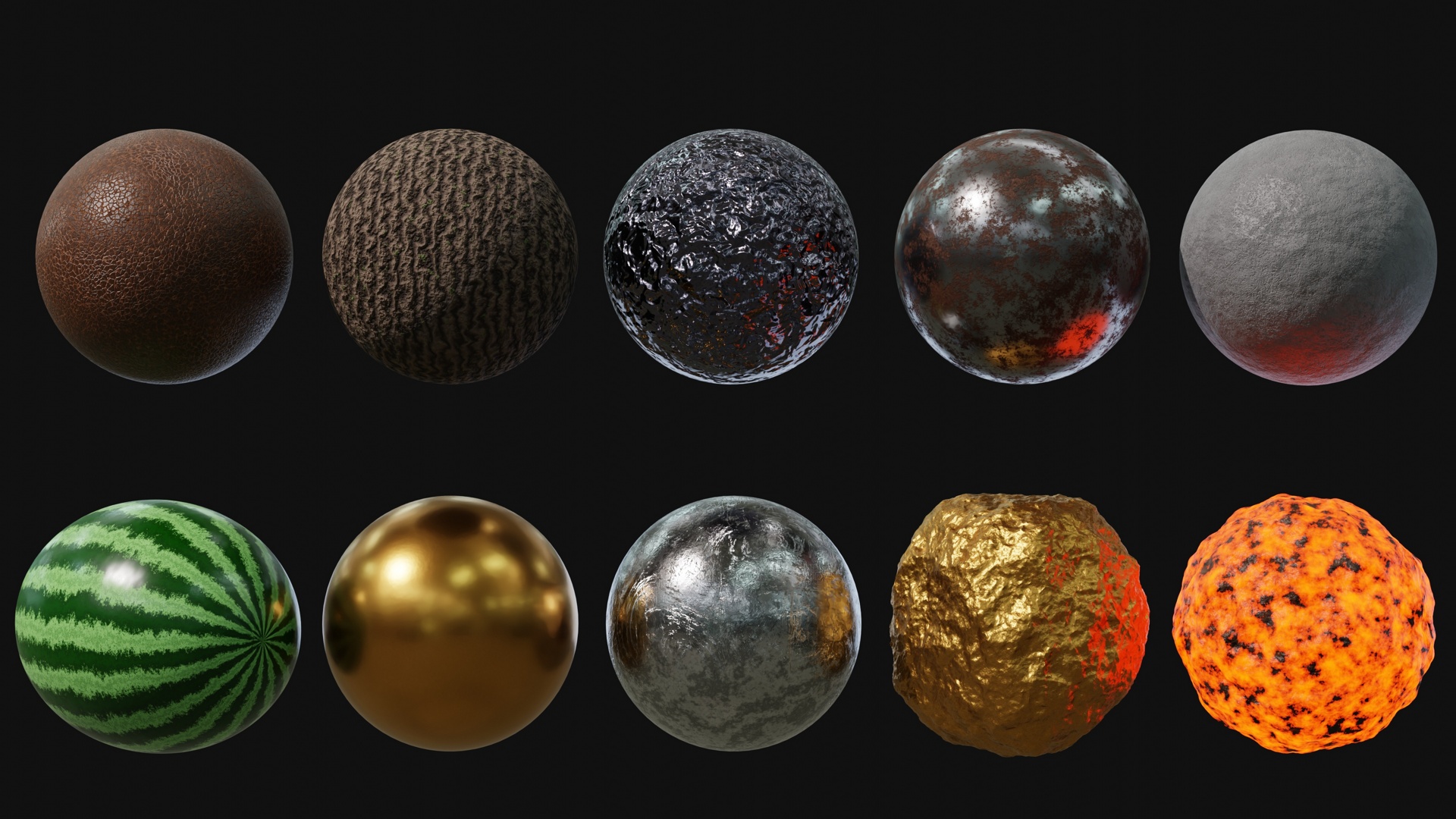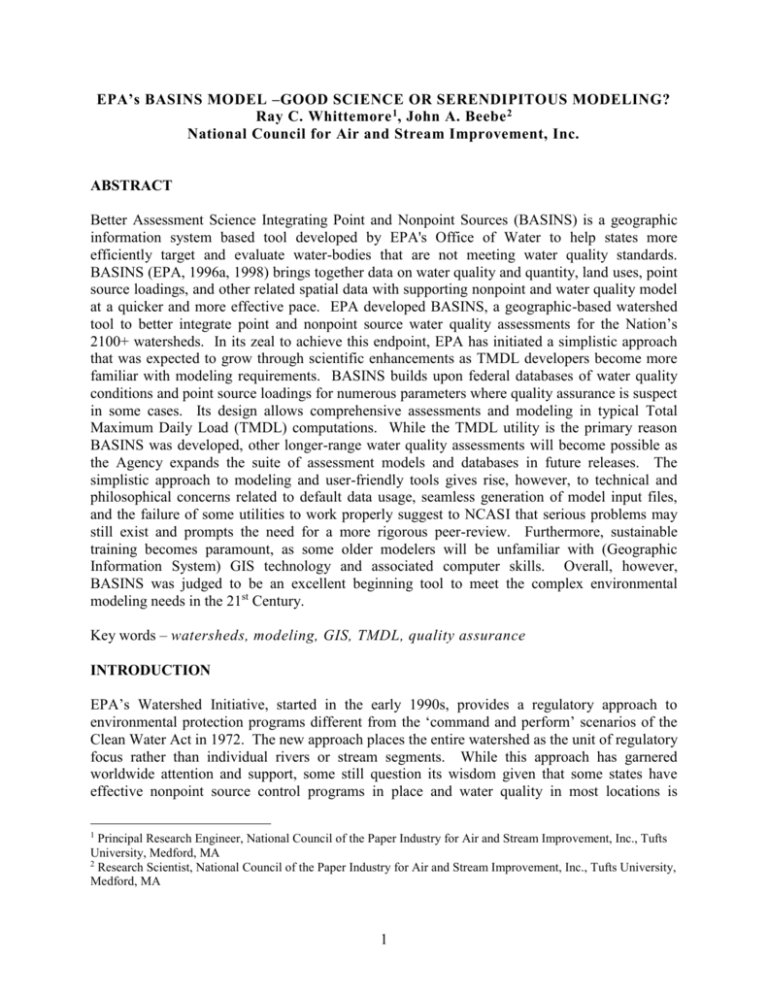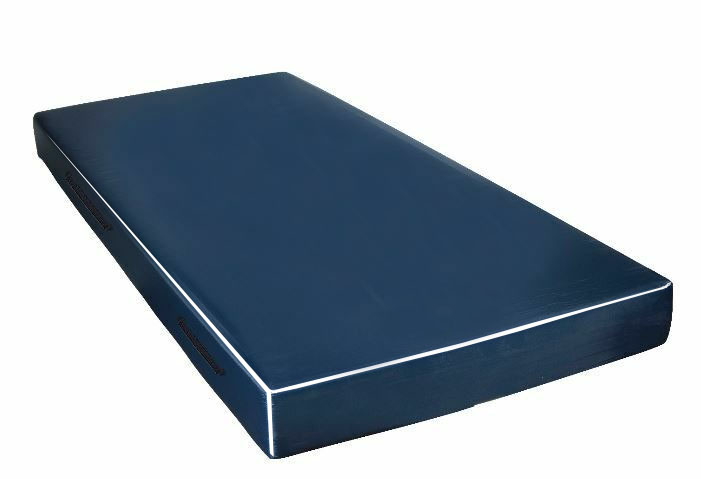Stainless Steel: This is the most popular material used for kitchen sinks due to its durability, resistance to stains and scratches, and easy maintenance. It also gives a modern and sleek look to the kitchen. Cast Iron: Cast iron sinks are known for their strength and durability. They are coated with enamel, giving them a smooth and shiny finish. However, they can be prone to chipping and staining if not properly maintained. Fireclay: Fireclay sinks are made from clay fired at high temperatures, making them extremely strong and durable. They have a non-porous surface that is resistant to scratches and stains, making them easy to clean. Composite: Composite sinks are made from a combination of materials such as quartz, granite, and acrylic resins. They are highly durable, heat and scratch-resistant, and come in a variety of colors and designs.1. Material
The size of a kitchen sink largely depends on the size of the kitchen and the needs of the user. Standard sizes range from 22 inches to 33 inches in length and 9 inches to 10 inches in depth. However, custom sizes are also available to fit specific kitchen designs.2. Size
Top Mount: Also known as drop-in or self-rimming, this is the most common type of sink installation. The sink is dropped into a hole in the countertop, with the edges resting on the surface. It is easy to install and works well with most countertop materials. Undermount: Undermount sinks are installed underneath the countertop, giving a seamless and sleek look to the kitchen. They are more difficult to install but make cleaning and maintenance easier as there are no edges or seams to trap dirt and grime. Farmhouse/Apron: This type of sink has a large, exposed front panel that extends beyond the edge of the countertop. It is a popular choice for traditional and farmhouse-style kitchens, giving them a rustic and charming look.3. Mounting Style
The number of basins in a kitchen sink can range from one to four, with the most common being one or two basins. The choice depends on personal preference and the needs of the user. A single basin sink provides more space for large pots and pans, while a double basin sink allows for multitasking and separation of tasks.4. Number of Basins
The depth of a kitchen sink can range from shallow to deep, with the standard depth being around 9 inches. A deeper sink can accommodate larger items and prevent splashing, but it can also make it difficult for shorter individuals to reach the bottom.5. Depth
Kitchen sinks come in various shapes, the most common being rectangular and square. However, there are also round, oval, and custom-shaped sinks available. The shape can affect the overall look and functionality of the sink, so it is important to consider the design of the kitchen when choosing a shape.6. Shape
The placement of the drain in a kitchen sink can be centered or offset. A centered drain is more common and allows for more space in the sink, while an offset drain can provide more space under the sink for storage. The drain can also be located at the back or back corner of the sink, depending on personal preference and the design of the kitchen.7. Drain Placement
Kitchen sinks can come with different numbers of faucet holes, typically ranging from one to four. These holes are used to accommodate the faucet, soap dispenser, and other accessories. It is important to consider the number and placement of faucet holes when choosing a sink and accessories to ensure they are compatible.8. Faucet Holes
Many kitchen sinks come with built-in accessories such as cutting boards, colanders, and drying racks. These can make meal preparation and cleanup more convenient and efficient. Some sinks also have additional features such as soundproofing and anti-bacterial coatings.9. Accessories
The price of a kitchen sink can vary depending on the material, size, and features. Stainless steel sinks are typically the most affordable, while fireclay and composite sinks can be more expensive. Custom sizes and additional features can also increase the price. It is important to consider the budget when choosing a kitchen sink, but also keep in mind that a high-quality sink can last for many years, making it a worthwhile investment.10. Price
Additional Characteristics of a Kitchen Sink

1. Durability and Material
 When it comes to choosing a kitchen sink, one of the most important factors to consider is its durability. A good sink should be able to withstand daily wear and tear, as well as resist scratches and stains.
Stainless steel
is a popular material for kitchen sinks as it is strong, easy to clean, and can match any kitchen design. Other durable materials include
fireclay, cast iron, and granite composite
sinks. These materials not only offer longevity, but also add a touch of elegance to any kitchen.
When it comes to choosing a kitchen sink, one of the most important factors to consider is its durability. A good sink should be able to withstand daily wear and tear, as well as resist scratches and stains.
Stainless steel
is a popular material for kitchen sinks as it is strong, easy to clean, and can match any kitchen design. Other durable materials include
fireclay, cast iron, and granite composite
sinks. These materials not only offer longevity, but also add a touch of elegance to any kitchen.
2. Size and Configuration
 The size and configuration of a kitchen sink can greatly impact its functionality.
Single-bowl sinks
are a popular choice for smaller kitchens as they take up less counter space and are easier to install. For larger kitchens,
double-bowl sinks
offer the convenience of separating dirty dishes from clean ones. Some sinks also come with additional features such as
built-in drainboards, cutting boards, and colanders
, making meal prep and clean-up a breeze.
The size and configuration of a kitchen sink can greatly impact its functionality.
Single-bowl sinks
are a popular choice for smaller kitchens as they take up less counter space and are easier to install. For larger kitchens,
double-bowl sinks
offer the convenience of separating dirty dishes from clean ones. Some sinks also come with additional features such as
built-in drainboards, cutting boards, and colanders
, making meal prep and clean-up a breeze.
3. Mounting Options
 There are several mounting options for kitchen sinks, each with its own benefits.
Undermount sinks
are installed below the countertop, creating a seamless and modern look.
Topmount sinks
, also known as drop-in sinks, are the most common and easiest to install.
Farmhouse sinks
are mounted on the front of the countertop and offer a charming and rustic look. Consider the style of your kitchen and your personal preference when choosing a mounting option for your sink.
There are several mounting options for kitchen sinks, each with its own benefits.
Undermount sinks
are installed below the countertop, creating a seamless and modern look.
Topmount sinks
, also known as drop-in sinks, are the most common and easiest to install.
Farmhouse sinks
are mounted on the front of the countertop and offer a charming and rustic look. Consider the style of your kitchen and your personal preference when choosing a mounting option for your sink.
4. Faucet Compatibility
 A kitchen sink is not complete without a faucet, and it's important to choose one that is compatible and functional. Most sinks come with pre-drilled holes for the faucet, with some offering additional holes for accessories such as soap dispensers or sprayers. Make sure to measure the distance between the holes and choose a faucet that fits accordingly.
Pull-out or pull-down faucets
are popular choices for their versatility and convenience, while
traditional two-handle faucets
offer a classic and elegant look.
A kitchen sink is not complete without a faucet, and it's important to choose one that is compatible and functional. Most sinks come with pre-drilled holes for the faucet, with some offering additional holes for accessories such as soap dispensers or sprayers. Make sure to measure the distance between the holes and choose a faucet that fits accordingly.
Pull-out or pull-down faucets
are popular choices for their versatility and convenience, while
traditional two-handle faucets
offer a classic and elegant look.
5. Soundproofing
 The constant clanging of dishes and running water can create a loud and unpleasant environment in the kitchen. To reduce noise, consider a sink with
soundproofing technology
. This is achieved through the use of special coatings and pads that absorb sound and vibrations. Not only does this make washing dishes a quieter experience, but it also helps to protect the sink from dents and cracks.
Having a functional and well-designed kitchen sink is essential for any household. Consider these additional characteristics when choosing a sink that fits your needs and complements your kitchen design. With the right material, size, configuration, mounting option, and faucet compatibility, your kitchen sink can be a durable and stylish addition to your home.
The constant clanging of dishes and running water can create a loud and unpleasant environment in the kitchen. To reduce noise, consider a sink with
soundproofing technology
. This is achieved through the use of special coatings and pads that absorb sound and vibrations. Not only does this make washing dishes a quieter experience, but it also helps to protect the sink from dents and cracks.
Having a functional and well-designed kitchen sink is essential for any household. Consider these additional characteristics when choosing a sink that fits your needs and complements your kitchen design. With the right material, size, configuration, mounting option, and faucet compatibility, your kitchen sink can be a durable and stylish addition to your home.

















































.jpg/revision/latest?cb=20150618134419)


















-JP-Drains-Step-12.jpg)






































:max_bytes(150000):strip_icc()/SleeponLatex-b287d38f89374e4685ab0522b2fe1929.jpeg)


